Porcelain Veneers
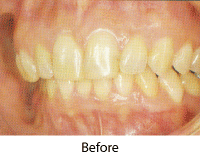
![]()
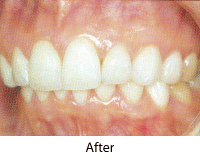
One of the newest and most exciting techniques in dentistry today is the etched porcelain veneer procedure. This technique has been used for both cosmetic and restorative purposes. The Technical sensitivity of this treatment method has created some problems for practitioners. Lasco, working with several leading clinicians, has attempted to solve some of these problems.
Most clinicians agree that, as with all prosthetic procedures, porcelain veneers should be placed on properly prepared teeth. Unlike conventional crown procedures, the porcelain veneer preparation is a MINIMAL INTRA-ENAMEL reduction. This type of enamel-plasty requires new instrumentation to assist the dentist in removing just the right amount (approx. 0.4mm to 0.5mm) of enamel. Ideally, some organic enamel should remain for proper etching. A series of diamond abrasives have been designed specifically for this purpose.
Porcelain Veneer Diamond Bur Set
Porcelain Veneer Diamond Burs are available as individuals insturments or sold in a set of 7 pieces.
Special On-Line Price $5.95 each
Click on the tool picture to make your selections
Porcelain Veneer Set
Depth Cut Wheels
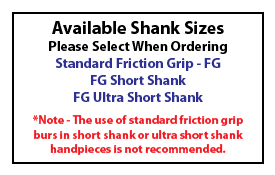
Porcelain Veneer Procedure
Please Note: The following instructions are a guide to tooth preperation when a full compliment of enamel exists and no gingival recession has occured. If recession has occured, clinical judgement must be exercised, especially in the 1/3 gingival area where minimal enamel thickness is present. The success of "Bonded Restorations" depends on preserving adequate enamel for etching.
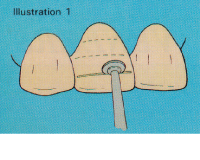
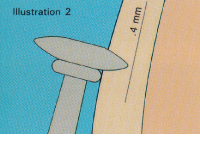
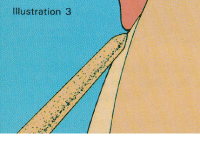
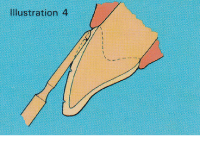
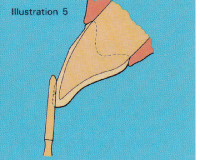
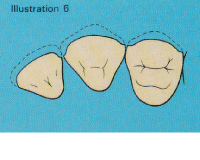
The LASCO DC4 is a calibrated diamond wheel designed to give a 0.35mm to 0.4mm depth guide prior to enamel-plasty of the labial (facial) surfaces. The shank is held parallel with the tooth to create a depth cut guide for preparations. See Illustrations 1 & 2.
The LASCO 102 Fine is used to place a subtle chamfer at the gingival and proximal margins. It’s diameter is 1mm at the tip, which can be used to gauge the depth of the preparation (ie ½ the depth of the instrument is ideal reduction). This instrument is used to establish the three labial planes. See Illustrations 3, 4, & 5. The LASCO 102 X-Fine, having the same shape as the 102 Fine, is used to produce a smooth finish on the enamel surface when desired.
The LASCO 62 Fine and 62 X-Fine are used instead of the 102 Fine and 102 X-Fine when working in a confined area or on short teeth.
The LASCO P11 is used in the proximal to gain slight separation (if required) and to finish the lingual incisal margin once the veneer is seated. The LASCO EL1 X-Fine is used for minor occlusional adjustments after veneer cementation. Illustration 6 shows the typical interproximal extension for porcelain veneers.





